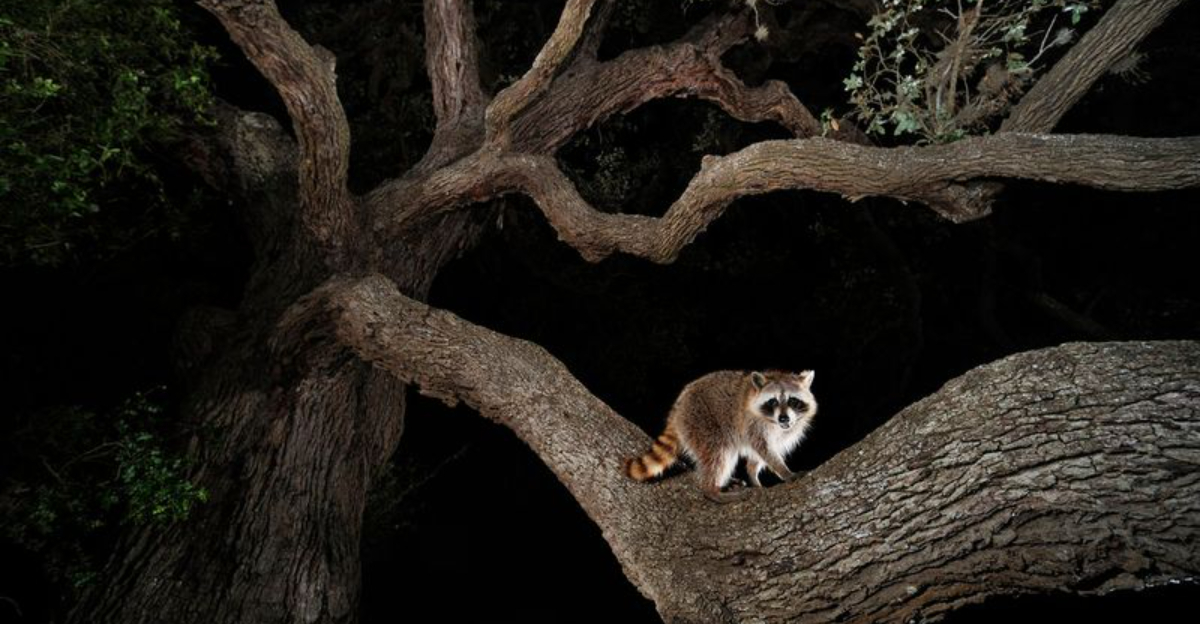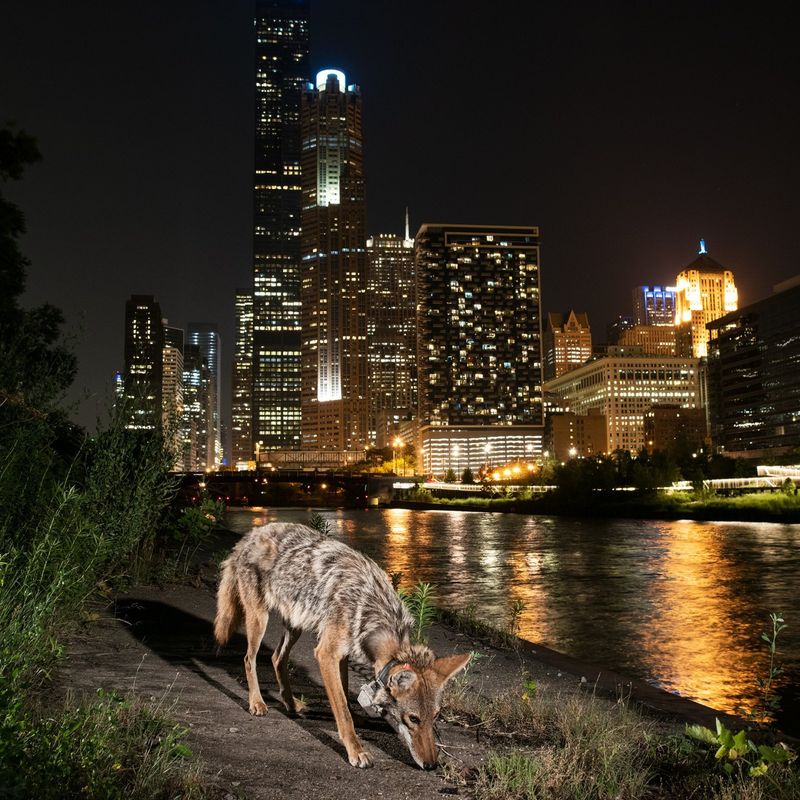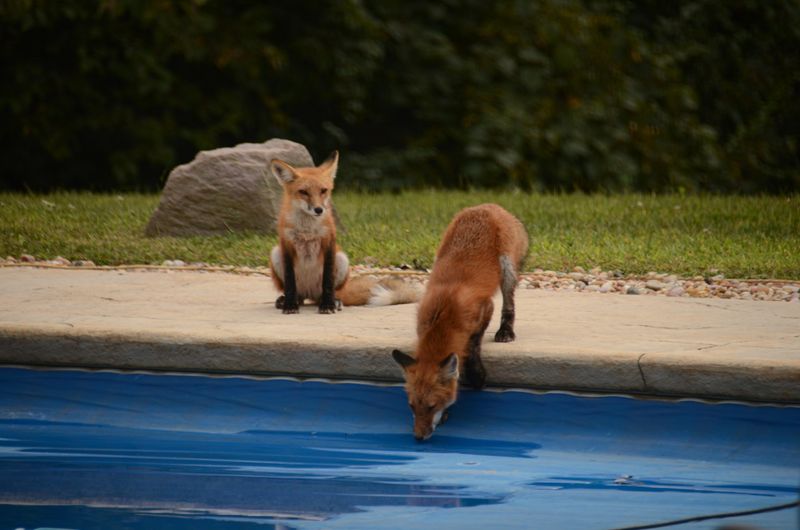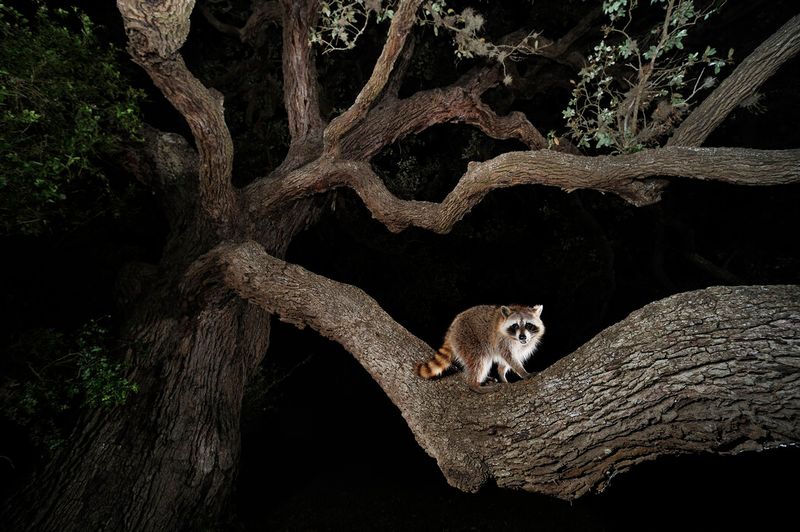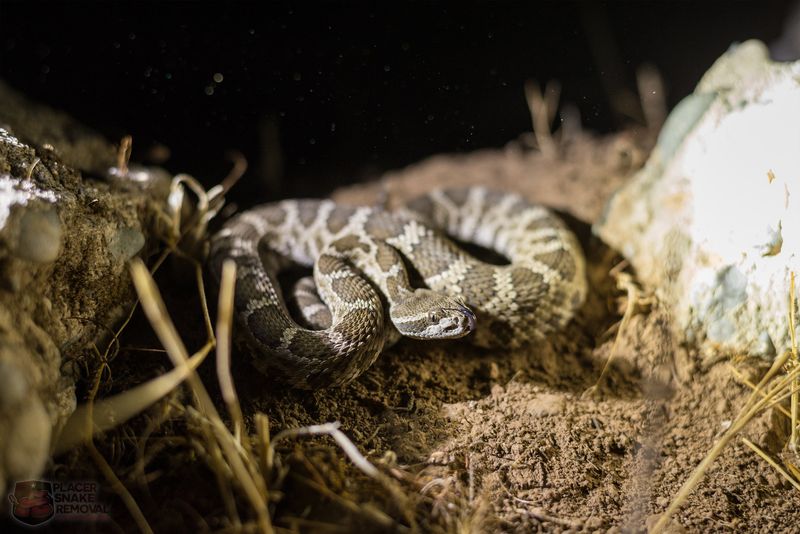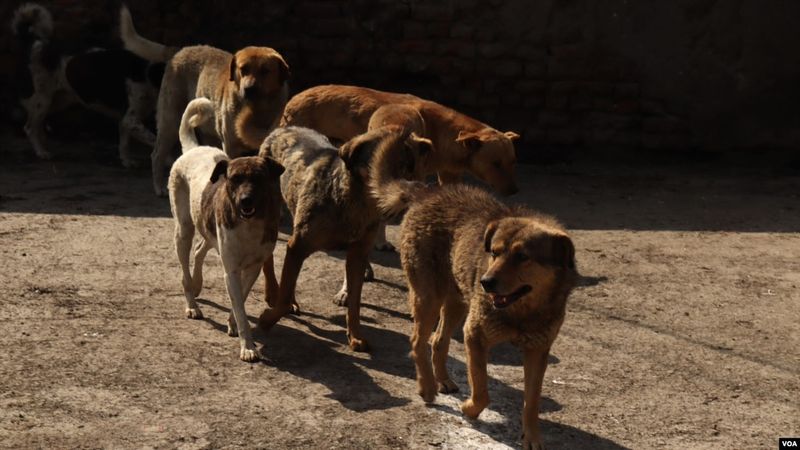📖 Table of Content:
As the sun sets and the quiet of night falls, a different world awakens—one filled with hunters that thrive in the dark. While it may be tempting to let your cat roam freely after dusk, nighttime brings an array of hidden dangers that many pet owners are unaware of. The serene beauty of a moonlit backyard can conceal the watchful eyes and sharp claws of nocturnal predators that see your feline friend as prey, competition, or a threat.
Cats, though agile and cunning themselves, are not invincible. When left to explore the outdoors at night, they can easily cross paths with wildlife that operate with deadly efficiency under cover of darkness. Predators like owls, coyotes, and raccoons are not only well-adapted to the nocturnal environment but are also increasingly active in suburban and urban areas, expanding the reach of their hunting grounds into spaces once considered safe.
Understanding the risks posed by these nighttime creatures is crucial for any responsible cat owner. It’s not just the wilderness that harbors threats—alleyways, backyards, and quiet streets can become battlegrounds where instincts collide. Below are eight real and serious ways your cat’s safety can be compromised by nocturnal predators, along with insights into how these dangers unfold and what you can do to mitigate them.
1. Aerial Attacks from Owls
Hovering silently through the night sky, owls are masterful ambush predators with excellent hearing and night vision. Their strong talons and sharp beaks are designed to kill, and to a large owl, a small or even medium-sized cat may resemble a common prey item. A sudden swoop from above can leave a cat with deep wounds or carry off a kitten entirely. Unlike other predators, owls strike without warning, often without a sound, making them particularly difficult to anticipate or deter. They tend to perch high above in trees or rooftops, patiently waiting for movement on the ground. Even brief outdoor excursions at night can put a cat at risk if an owl is nearby. It’s important to remember that cats are most vulnerable when they’re unaware they’re being watched.
2. Coyotes on the Prowl
Roaming silently through neighborhoods and wooded areas, coyotes are among the most dangerous predators cats may encounter at night. They are opportunistic hunters capable of bringing down prey much larger than a house cat, and they often travel alone or in loosely formed packs. In many suburban areas, coyotes have become emboldened due to the easy availability of food, including unattended pets. Cats caught off-guard by a stalking coyote typically have little chance of escaping a full-blown attack. Even when a cat manages to flee, injuries from a chase can be life-threatening. Coyotes have adapted well to human environments, using alleys, green belts, and even sidewalks to navigate at night. What may seem like a safe backyard could easily become a coyote’s hunting ground under the cover of darkness.
3. Fox Encounters
Darting through gardens and across roads with nimble grace, foxes are quieter but still dangerous to vulnerable cats. While foxes usually avoid confrontation with healthy adult cats, they may become aggressive during times of hunger or when defending their young. A solitary fox may be tempted to chase or attack a smaller, curious, or injured feline. They often appear in early twilight hours and may frequent areas near food sources, including pet bowls left outside. Their speed and stealth can catch a cat off-guard, especially if the cat is preoccupied with exploring or hunting. In rural or semi-rural areas, foxes may be more bold, especially when competition for food is high. Though not as formidable as coyotes, foxes still pose a notable risk that shouldn’t be ignored.
4. Raccoon Aggression
Ambling through yards and driveways in search of scraps, raccoons are omnivores that can be highly territorial. While they don’t actively hunt cats, confrontations can quickly turn violent if a raccoon feels provoked or cornered. Cats curious about these masked animals may get too close, triggering a defensive attack marked by scratching, biting, and even eye-gouging. Raccoons are incredibly strong for their size and can inflict serious wounds, particularly on a cat’s face and limbs. The risk is heightened if a raccoon perceives a threat to its young or its food source, both of which it will defend aggressively. Fights between cats and raccoons also raise the risk of rabies and other infectious diseases. Keeping garbage secure and avoiding feeding pets outdoors can significantly reduce the chances of these encounters.
5. Snakes in Warm Climates
Slithering silently through grass and underbrush, snakes represent a hidden danger that’s often underestimated by cat owners. In regions where venomous snakes are common, such as the southern United States or desert areas, cats that explore at night face potentially deadly consequences. A curious feline might paw at or approach a snake, triggering a defensive strike that can result in envenomation or constriction, depending on the species. Many snakes are most active during the cooler hours after sunset, increasing the risk during typical cat roaming times. Cats that suffer bites may not show immediate signs of distress, delaying emergency treatment. Enclosed areas like crawl spaces, woodpiles, or flowerbeds are common hiding spots for snakes and can turn into traps for unsuspecting cats. Limiting a cat’s access to such areas is a practical safety measure in snake-prone environments.
6. Feral Dog Packs
Tearing through open lots or deserted streets, feral dogs are unpredictable and dangerous, particularly when they travel in groups. These animals often view cats as intruders or prey and may attack with little provocation, especially when driven by hunger or competition. Unlike wildlife that might avoid humans, feral dogs are less cautious and more likely to chase a moving animal. Their larger size and sheer force make them deadly opponents in any encounter. Cats caught in such an attack may be severely injured or killed before they can find shelter. Areas with low human traffic during nighttime hours can become hotspots for feral dog activity. To reduce this risk, pet owners should be especially cautious in regions known for stray or abandoned dog populations.
7. Silent Stalkers: Feral Cats and Bobcats
Lurking in the shadows, feral cats and bobcats each pose their own brand of threat to outdoor pets. Feral cats can be extremely territorial and may attack domestic cats in defense of food, shelter, or breeding rights. These fights are not only violent but can also transmit diseases such as feline leukemia and FIV. Bobcats, though typically elusive, are fully capable of taking down small pets and may venture into neighborhoods under cover of night. They move silently, striking with powerful limbs and sharp claws if given the opportunity. The presence of bird feeders or outdoor trash can attract small wildlife, which in turn draws in bobcats looking for an easy meal. Because bobcats are native to much of North America, their range includes many areas where people believe such predators aren’t present.
8. Disease Transmission from Bats or Other Animals
Gliding through the night with eerie silence, bats may seem harmless but can carry dangerous diseases that threaten curious cats. Cats that catch or play with a bat risk being bitten, which can lead to transmission of rabies or other viruses. Unlike other threats that rely on physical strength, this one involves stealth and infection, making it harder to detect until symptoms appear. Other small nocturnal animals, like rodents or opossums, can also carry parasites and illnesses that pass to cats through close contact. Often, infected animals don’t appear sick, giving a false sense of safety during interactions. A cat exposed to such animals may not show signs of illness immediately, delaying diagnosis and treatment. Routine vaccinations and keeping cats indoors at night are the best defenses against these silent biological threats.
